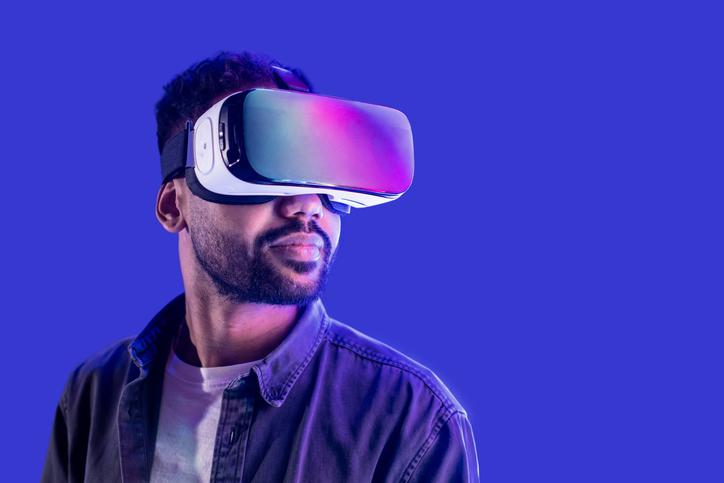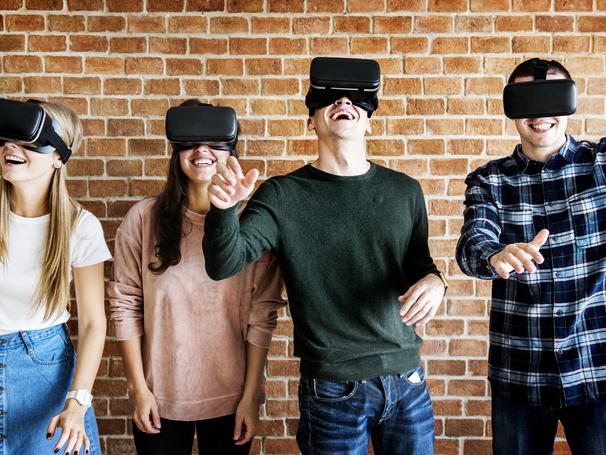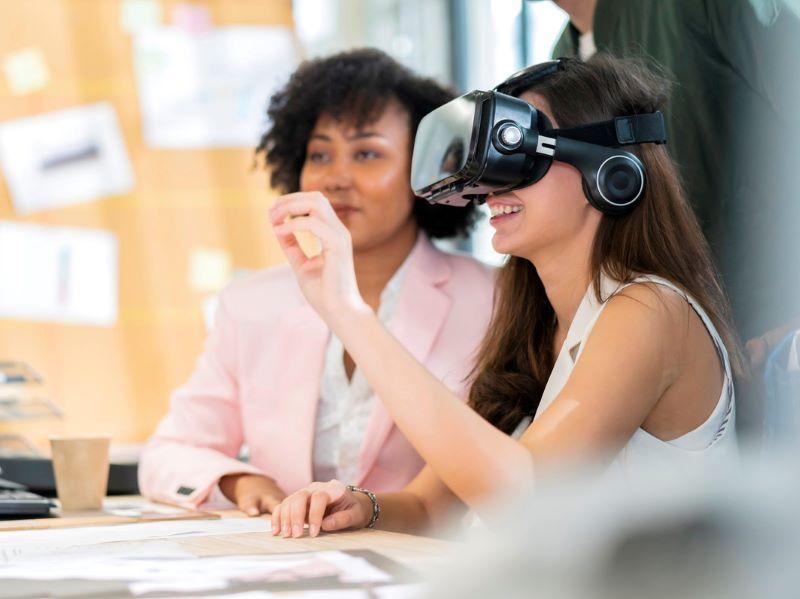By the time the internet went mainstream in the 1990s, many college faculty were way ahead of the game. University campuses had long been the home of both developers and early adopters of the technology, and faculty were quick not only to see its potential but to serve as sceptical enquirers about then-novel concepts such as email. They sought to more fully comprehend how the internet could impact learning for better and worse.
A similar story is now playing out across college campuses as institutions increasingly experiment with VR, which we broadly define as immersive technologies that include virtual reality, augmented reality and holographic technology. These tools stand to reshape higher education in some powerful ways. But the immense potential is still only that: potential. To fully realise VR’s promise, higher education must once again seek to better understand this technology and how it can impact learning and instruction.
- How to set up immersive VR lessons on your campus
- AI or VR? Matching emerging tech to real-world learning
- Virtual reality has failed education, so what should we do with it?
This means asking critical – and practical – questions about the use of VR, but also about its constraints and limitations, and seeking answers with exacting detail. Higher education must work to make sense of both the power and peril of VR.
While VR can no longer be dismissed as a mere fad or state-of-the-art toy for the wealthy, it still has a long way to go before it can serve as a true tool for educational equity. Social media and other digital spaces have made abundantly clear the pitfalls that come with creating new spaces online. They are just as prone to the bigotry of our physical world – and in many cases can even serve to amplify hate and discrimination. So far, VR has struggled with issues of diversity and inclusion, from biases baked directly into the technology to inelegant or downright crude attempts at representation.
Access, too, remains a major question mark. Although increasingly affordable, immersive learning hardware and software have not yet reached a scale that will put it within reach of every institution, let alone student. A future where universities and their learners are divided into virtual haves and have-nots is not difficult to imagine – and it must be prevented.
It’s also crucial that we allow learning to lead the technology, not the other way around. It’s all too easy to become distracted by the bells and whistles of new tech only to find yourself working backward to awkwardly graft it onto existing learning experiences. Instead, institutions must start with determining what could be improved upon by the technology and working to incorporate the tools that can truly transform learning. A well-designed VR curriculum might be entertaining and engaging, but if the strengths of the programme are not tightly aligned with the needs of educators and students, it accomplishes very little.
After all, an institution may well be on the cutting edge, but for what purpose? Indeed, purpose must be a guiding force for institutions seeking to answer the most pressing questions about immersive learning. There are many factors institutional leaders should consider when determining if VR technology is a good fit for a programme or course. With purpose at the centre of that inquiry, the right answers will follow.
The process begins with identifying clear educational objectives that the technology will help achieve. If those goals cannot be easily identified then tech – rather than learning – is probably leading the way. The next step is ensuring the infrastructure is in place to support VR integration. While having access to VR-enabled headsets or AR-enabled devices is an obvious prerequisite, wi-fi reliability and computer power are just as essential. Equity, access and inclusion must serve as the driving force behind any conversations related to integration.
Institutions should also assess their ability to invest in training and support for faculty, as well as their willingness to give educators and instructional designers the time and space they need to optimise technical aspects and pedagogical strategies. Small-scale pilot tests are vital for gathering feedback and making necessary improvements. Leaders should be prepared for a process of testing, tuning and testing again.
This checklist of sorts was front of mind for Gloria McNeal, the dean of National University’s School of Health and Human Services, when she recently guided our nursing programme’s adoption of VR technology. A former officer in the US Navy Nurse Corps, Gloria has now embraced an entirely new way of teaching following decades of experience training nursing students.
This is not a case of using technology for technology’s sake but a purposeful effort to create inclusive healthcare training for a diverse cohort of learners. The VR simulations allow students to work with virtual patients and accomplish important educational objectives – such as learning how to listen to the sounds of patients’ lungs, obtain blood pressure readings and monitor oxygen levels – before ever setting foot in a hospital. Challenges around access and integration were addressed, in part, through funding from the US Health Resources and Services Administration.
This is just one example of how a purposeful integration of VR can provide engaging learning experiences with real-world impact. Advocates for the adoption of emerging learning technologies are often too eager to exaggerate their value, while critics may be too quick to write off genuine potential. With VR now poised to go mainstream, institutions have an immense opportunity – and responsibility – to ask the right questions and help create an informed and equitable foundation for this more immersive future of learning.
Mark Milliron is president and CEO of National University, US.
If you would like advice and insight from academics and university staff delivered direct to your inbox each week, sign up for the THE Campus newsletter.




comment2
(No subject)
(No subject)